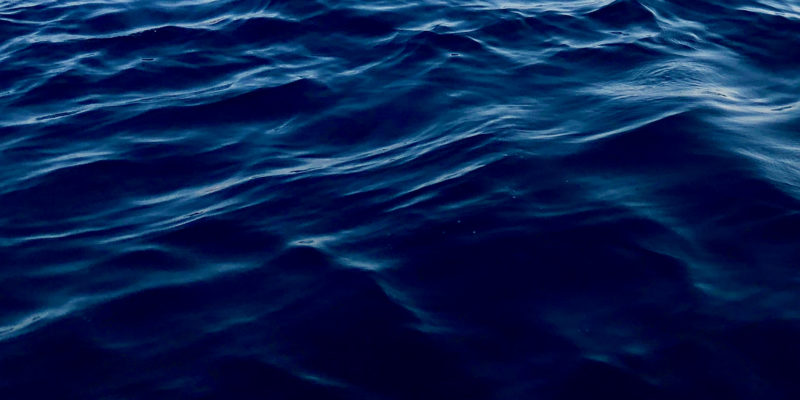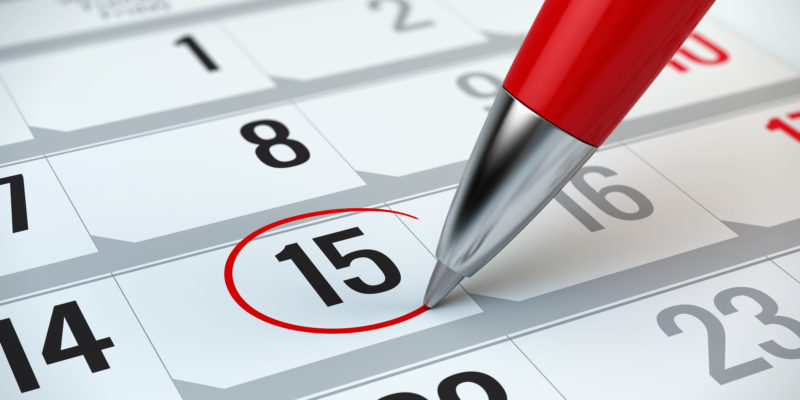What is the Lake Tahoe water temperature?
Current water temperature on Lake Tahoe - click the circle and then the Water Temperature button below the map
- For the True Width: TB3 and TB1
- For the Length: Camp Richardson (south), TB1, TB2
- Vikingsholm: Camp Richardson is the closest and most reliable reading
Real-time water temperature in Lake Tahoe - see "Water Temp 0.5m"
For the Lake Tahoe marathon swim season, expect water temperatures in the range of 63ºF/17.2ºC to 69ºF/20.5ºC.
Our marathon swim season in Lake Tahoe is mid-July thru mid- to late-August. We have carefully selected dates to pilot swims on Lake Tahoe to ensure all of our swimmers have the best chance of success. Our window for swims tend to be consistently favorable in terms of weather, water and air temperatures. We respect your time, effort, and commitment and want to reflect this in your booking.
In June, water temperatures may still be too cold for some distance swimmers with water temperatures when water temperatures can be below 60ºF/15.8ºC, even through the 4th of July. By mid-July, the longer, warmer days help warm the surface temperature of the lake to the low to mid-60's (17º-20ºC) and even 70ºF!
Past the third week in August unfavorable and unpredictable weather patterns (high winds!) are more prevalent. Coupled with cooler days and nights, air temperatures can also play a factor with September air temps dipping below 32ºF/0ºC at night. It makes for a higher probability of an uncomfortable swim for swimmer and their crew. For this reason, we will not book a swim in September as we have watched others do this and fail or the swimmer travel great distances only to find the water and weather too cold and forfeit their swim, losing time, travel and swim costs.
When is the best time to swim in Lake Tahoe?
The best time for a marathon swim in Lake Tahoe is mid-July thru mid-August.
We have carefully selected dates to pilot swims on Lake Tahoe. As a result, the number of swims we offer is limited to ensure all of our swimmers have the best chance of success. Our window for swims tend to be consistently favorable in terms of weather, water and air temperatures.
In June and early July, water temperatures may still be too cold for some distance swimmers with water temperatures when water temperatures can be below 60ºF/15.8ºC. By mid-July, the longer, warmer days help warm the surface temperature of the lake to the mid-60's (17º-20ºC).
Past mid-August unfavorable and unpredictable weather patterns (high winds) are more prevalent. Coupled with cooler days and nights, air temperatures can also play a factor with September air temps dipping below 32ºF/0ºC at night.
Are there currents?
Yes! Lake Tahoe has two major gyres and numerous smaller gyres that disappear and reappear depending on the winds. These gyres can push and pull a swimmer, forward, backwards, or laterally. Combine this with upwelling and winds, and Lake Tahoe will tell you she is not a simple lake to conquer.
What conditions should I expect?
Train for the worst and hope for the best!
Conditions range from flat and glassy to windy with white caps and chop. Portions of the lake have interesting gyres, coupled with upwelling that can toss a swimmer around.
Lake Tahoe is not a simple lake. Do not dismiss her as such.
You can expect to swim in the dark and hopefully in sunny weather as well!
Will swimming at altitude affect me?
Lake Tahoe is 6,225 feet above sea level. The altitude can wreak havoc with some swimmers!
DO NOT UNDERESTIMATE Lake Tahoe or dismiss her as a big pool!
Complaints range from headaches, nausea, lack of appetite, gas, leg or muscle cramps while swimming. Swimmers have also experienced vomiting, disorientation (especially during night swimming) and shortness of breath.
To mitigate the impact of altitude, many swimmers choose to arrive 4-7 days early to allow their body to acclimate. Others arrive the night before and swim the next day, hoping to get the swim done before the impact of altitude really hits them.


